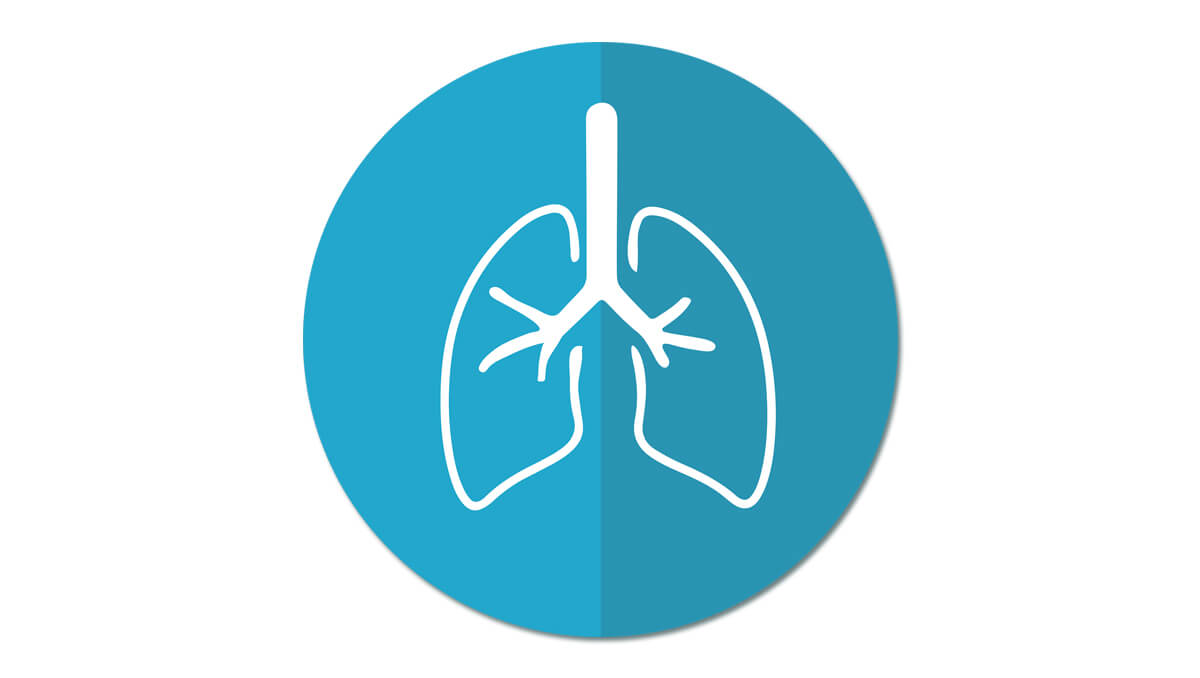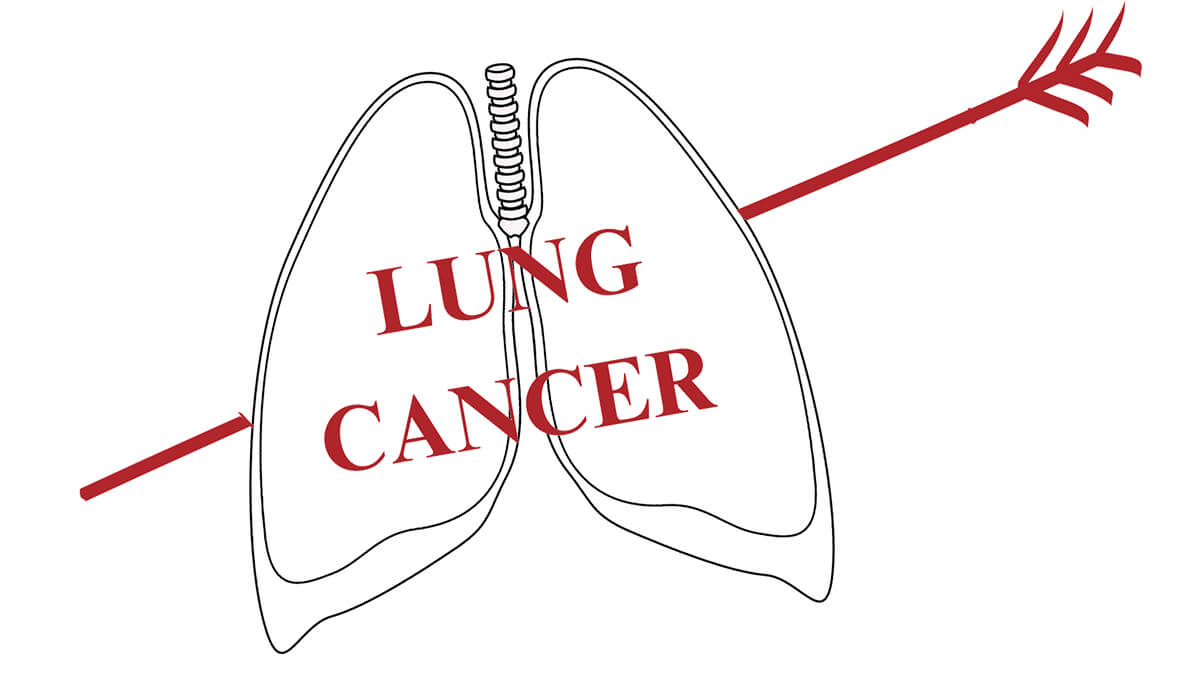Lung cancer is one of the malignant tumors with fast-growing morbidity and mortality and the worst prognosis. The development of molecular biology and cell biology provides targets for the prevention and treatment of lung cancer and opens up new areas for the development of drugs and methods to treat lung cancer.
Metastasis is the spread of cancer cells from the primary tumor to other parts of the body. It is a significant challenge in the treatment of cancer, as it often leads to poor patient outcomes. Therefore, identifying targets that can effectively inhibit or disrupt the metastatic process is crucial for developing new therapeutic strategies.

Lung cancer, like other solid tumors, is more prone to early invasion and metastasis. Uridine diphosphate glucose (UDP-Glc) is an important intermediate in glycogen synthesis and is involved in many biological processes, Preclinical studies have found that in vivo application of UDPG in rats promotes intrinsic repair potential to immature brain white matter.
Researchers have found that UDPG promotes the migration and invasion of lung cancer cells, which are critical steps in the metastatic process. By targeting UDPG, it may be possible to inhibit these processes and prevent or limit the spread of lung cancer to other organs.
Additionally, UDPG has been implicated in the regulation of tumor microenvironment, angiogenesis (formation of new blood vessels), and immune response. These factors further support its potential as a therapeutic target for lung cancer metastasis.
Recently, another researcher has identified uridine diphosphate glucose (UDP-Glc) in the glyoxylate metabolic pathway as an important molecule in lung cancer metastasis, and it is expected to be a biochemical target for lung cancer metastasis detection and treatment.

1. Glyoxylate pathway is a key pathway for lung cancer metastasis
Uridine diphosphate glucose dehydrogenase, a key enzyme in polysaccharide synthesis, is commonly found in organisms and can catalyze the production of uridine diphosphate glucose (UDP-Glc) to uridine diphosphate glucuronide (UDP-GlcA). Uridine diphosphate glucuronosyltransferase (UGT) is one of the important drug metabolism phase II enzymes that catalyze the biotransformation of various exogenous and endogenous substances in vivo and can catalyze the transfer of glucuronic acid provided by a variety of exogenous and endogenous compounds with uridine diphosphate glucuronide to the hydroxyl, amino, and carboxyl groups of toxic substances or active substances to form glucuronide glycosides and facilitate exogenous and endogenous compounds excreted from the body through the bile or kidneys. UGT is capable of causing metabolite inactivation and modifying the pharmacological activity of toxicants, and there is growing evidence that glucuronidation can also lead to an increase in substrate biological activity.
UGT can metabolize many drugs and has also been widely used in recent years in the metabolic studies of antitumor drugs. Pharmacokinetics is a science that studies the processes of absorption, distribution, metabolism, and excretion of drugs in the body. Any new drug or formulation requires pharmacokinetic tests for preclinical studies to obtain information and data on the pharmacokinetics of drug metabolism before clinical studies and marketing.
Medicilon Pharmacokinetics Lab offers in vivo and in vitro pharmacokinetic tests according to the needs of our clients and provides them with complete sets of pharmacokinetic evaluation and optimization services.
Metabolic abnormalities are an important feature of malignancies, and mutations in cancer-related genes can affect the metabolism of tumor cells and remodel them to enhance their survival and growth. Moreover, an abnormal tumor microenvironment can further alter the metabolic phenotype of tumor cells. Researchers from CAS recently found that the knockdown of uridine diphosphate glucose dehydrogenase (UGDH) significantly inhibited metastasis of lung cancer cells, implying that inhibition of the glyoxylate pathway would inhibit metastasis of lung cancer cells, meaning that the glyoxylate pathway should be the key pathway that confers the invasive ability to lung cancer cells, and it should have an important role in the metastasis of lung cancer. The researchers suggest that this is because the pathway "stirs" into the metabolic abnormalities of lung cancer cells controlled by mutated genes.
2, The relationship between UDPG and lung cancer metastasis
They found that phosphorylation of tyrosine at position 473 (Y473) of UGDH occurs upon activation of the epidermal growth factor receptor (EGFR). The higher the level of UGDH Y473 phosphorylation in lung cancer tissues, the higher the chance of developing lung cancer metastasis and the worse the prognosis of patients. Besides converting UDP-Glc to UDP-GlcUA, phosphorylated UGDH also has an additional function - it binds to the mRNA-stabilizing protein HuR and promotes the function of HuR. The main function of HuR protein is to bind to the 3' end of mRNA, which in turn enhances the stability of mRNA. Under normal circumstances, safeguarding the stability of mRNA is naturally a good thing, however, for malignant tumors, it becomes an evil thing.
The epithelial-mesenchymal transition (EMT), a decisive step in the acquisition of metastatic capacity by tumor cells, is a process that confers the ability to metastasize and invade and is critical for tumor metastasis, and the expression of the SNAIL gene in malignant tumors is an important process for activating EMT. Therefore, for lung cancer cells, the more stable SNAIL mRNA is the greater their metastatic ability.
Researchers found that in primary lung cancer cells, UDP-Glc significantly inhibited the binding of HuR to SNAI1 mRNA, which in turn led to SNAI1 mRNA decay! And once EGFR activates UGDH phosphorylation, UDP-Glc is greatly depleted and loses its inhibitory effect on HuR binding to SNAI1 mRNA, which enhances SNAI1 mRNA stability and protein expression! Ultimately, it enhances tumor cell migration and promotes lung cancer metastasis! In other words, increasing UDP-Glc levels may be an effective means to curb lung cancer metastasis!
Further studies have found that UDP-Glc levels are strongly associated with metastasis in lung cancer patients! The researchers noted that UDP-Glc levels were significantly lower in metastases compared to the primary site! And the UDP-Glc levels in distal metastases were significantly lower than those in proximal metastases! This means that UDP-Glc levels are expected to be an important criterion for determining the metastatic status of lung cancer!
Although more research is needed to fully understand the molecular mechanisms underlying UDPG's role in lung cancer metastasis, these findings provide promising insights into the development of targeted therapies for detecting and treating metastatic lung cancer.